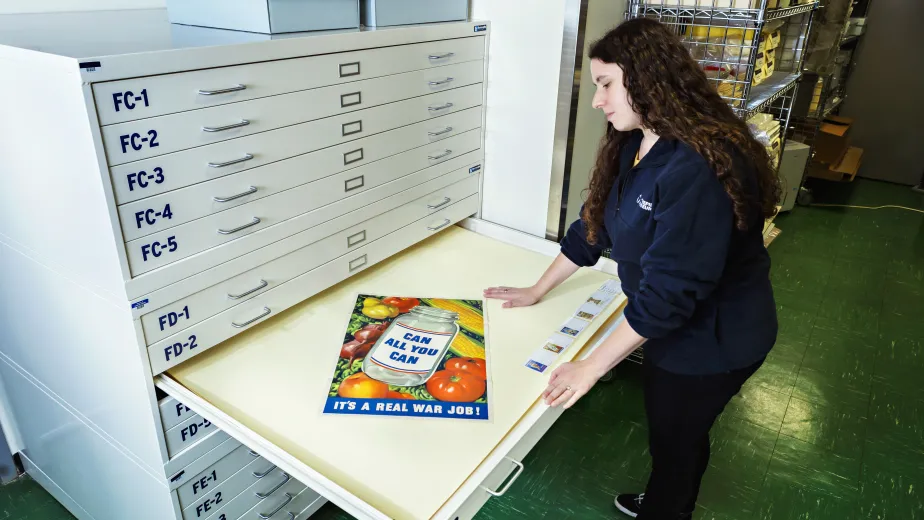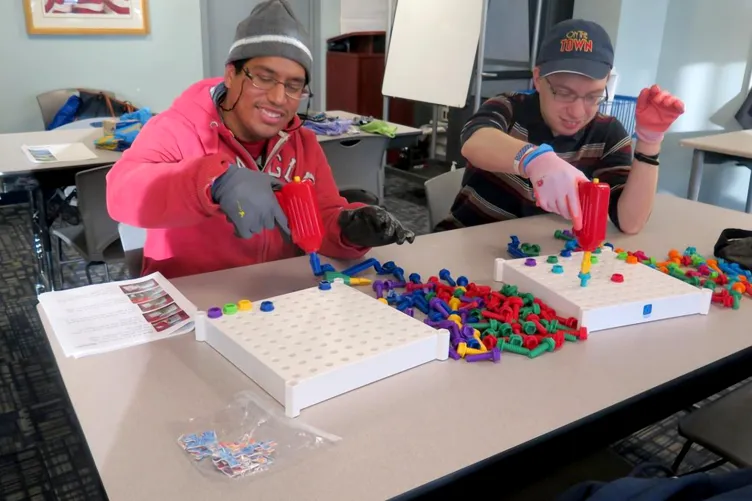
Step into the heart of the Intrepid Museum’s archives in honor of Ask an Archivist Day—a celebration of the behind-the-scenes work that keeps our history alive.
At the Intrepid Museum, our archivist cares for thousands of documents, photographs and personal stories that keep the legacy of Intrepid and its crew alive—work that ranges from deciphering handwritten letters to preparing artifacts for display and more.
In this Q&A with the Museum’s Senior Archivist Jennifer Milani, we explore what it really means to safeguard the past, uncover surprising finds in the archives and how these preserved memories continue to shape our understanding of history today.
What does a typical day as an archivist look like for you—or is there no such thing as a “typical” day?
While every day is different (especially on an aircraft carrier!), a typical day as an archivist always involves caring for the collection in one way or another. This always includes organizing, cataloging, digitizing or rehousing archives or photographs. Often, it’s a very solitary job with the goal of providing a wider audience with access to the Museum’s collections.
I also aid other departments with the Museum’s research, provide collections images for social media and public relations, prepare artifacts for display and document the vessels (aircraft carrier Intrepid, submarine Growler, supersonic jet Concorde and space shuttle Enterprise) themselves – they’re our largest artifacts!
What’s the most unexpected skill you use as an archivist that people might not think about?
Reading cursive! So many of the letters from our crew members to their family's home were handwritten, and everyone’s handwriting is different. It’s my job to summarize the content of the letters so others can easily find them, but that means I must read and decipher each letter. Some have excellent handwriting, while others I sometimes need to ask my coworkers for help attempting to determine certain words or sentences.
What first sparked your interest in archives and museum collections?
I’ve always loved museums, history and reading. When I graduated from college with an English degree, I was unsure if I wanted to become a librarian or find something to do at a museum. My first job out of college was an internship at a historic house, where my project was to rehouse and catalog their archives. After that, I was hooked! Archives combine my love for literature, history and organization in a way that preserves these stories and gives access to all.
Can you share one of the most unusual or surprising items you’ve come across in the Intrepid Museum’s archives?
One of my favorite pieces in the archive is a postcard sent from William A. Young to his wife in 1955. It’s a white postcard with a drawing of a tabby cat that has googly eyes and a nose that squeaks when you press it! A very unusual find!
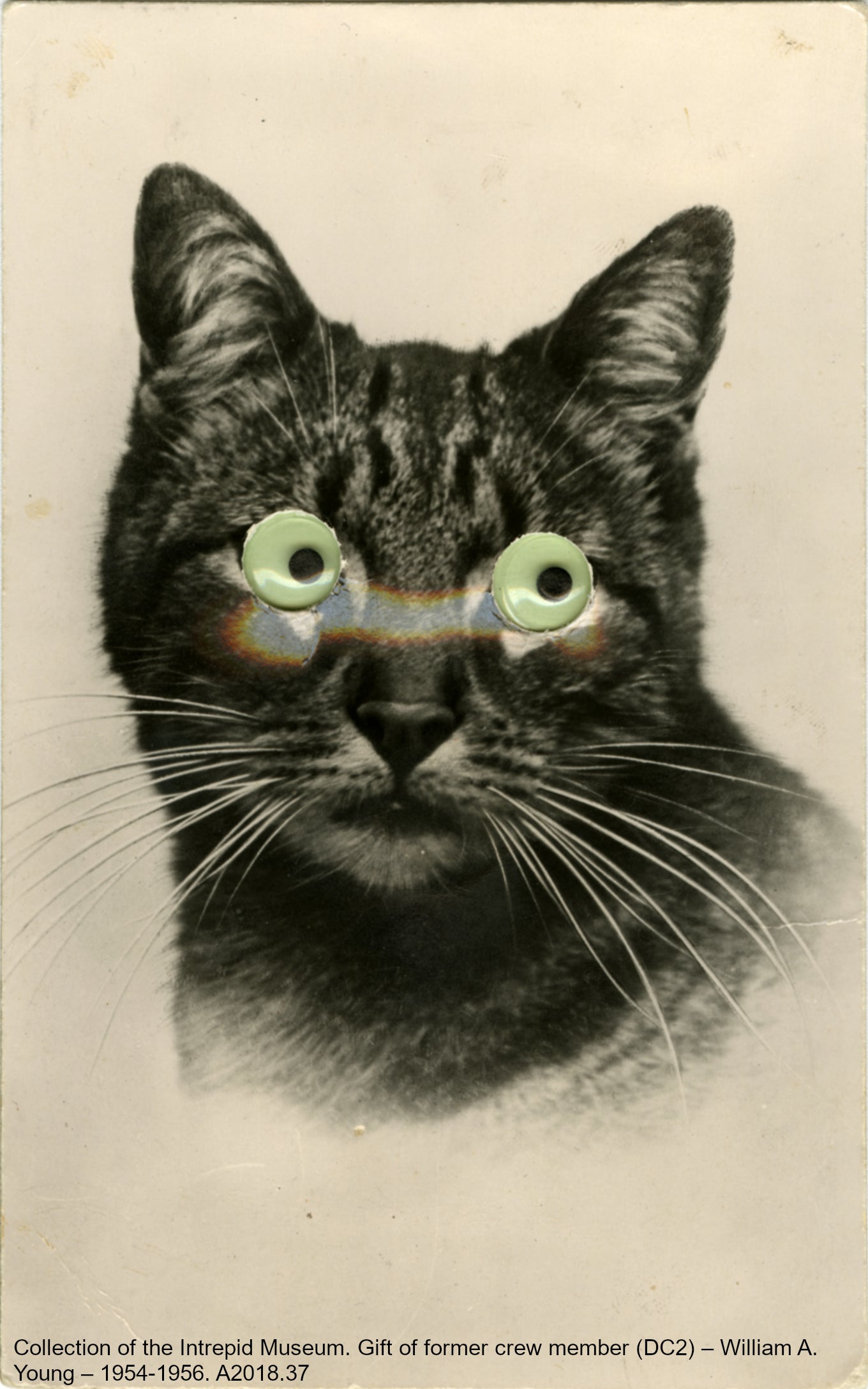
Are there any documents, photos or oral histories that completely changed how we understand Intrepid’s history?
I really love the letters and diaries in the collection. They may not give the whole story of a deployment or the strategy of a battle, but they provide a glimpse into each crew member’s thoughts, feelings, concerns and other day-to-day thoughts. With that perspective, you really start to understand the sacrifice and daily work of the crew members who served on board.
One of my favorite letter collections that we have is between Wayne and Shirley Cooper. Wayne Cooper served on board Intrepid from 1956-1957 as a radarman third class (RD3), and he had become engaged to Shirley just before his deployment. He spent his years on Intrepid writing to her and imagining the life they would have together. It’s an intimate look into the dedication they had to each other, even as they were miles apart and wouldn’t see each other for months at a time. It reminds the reader that not only the crew members were making a sacrifice, but their families were as well.
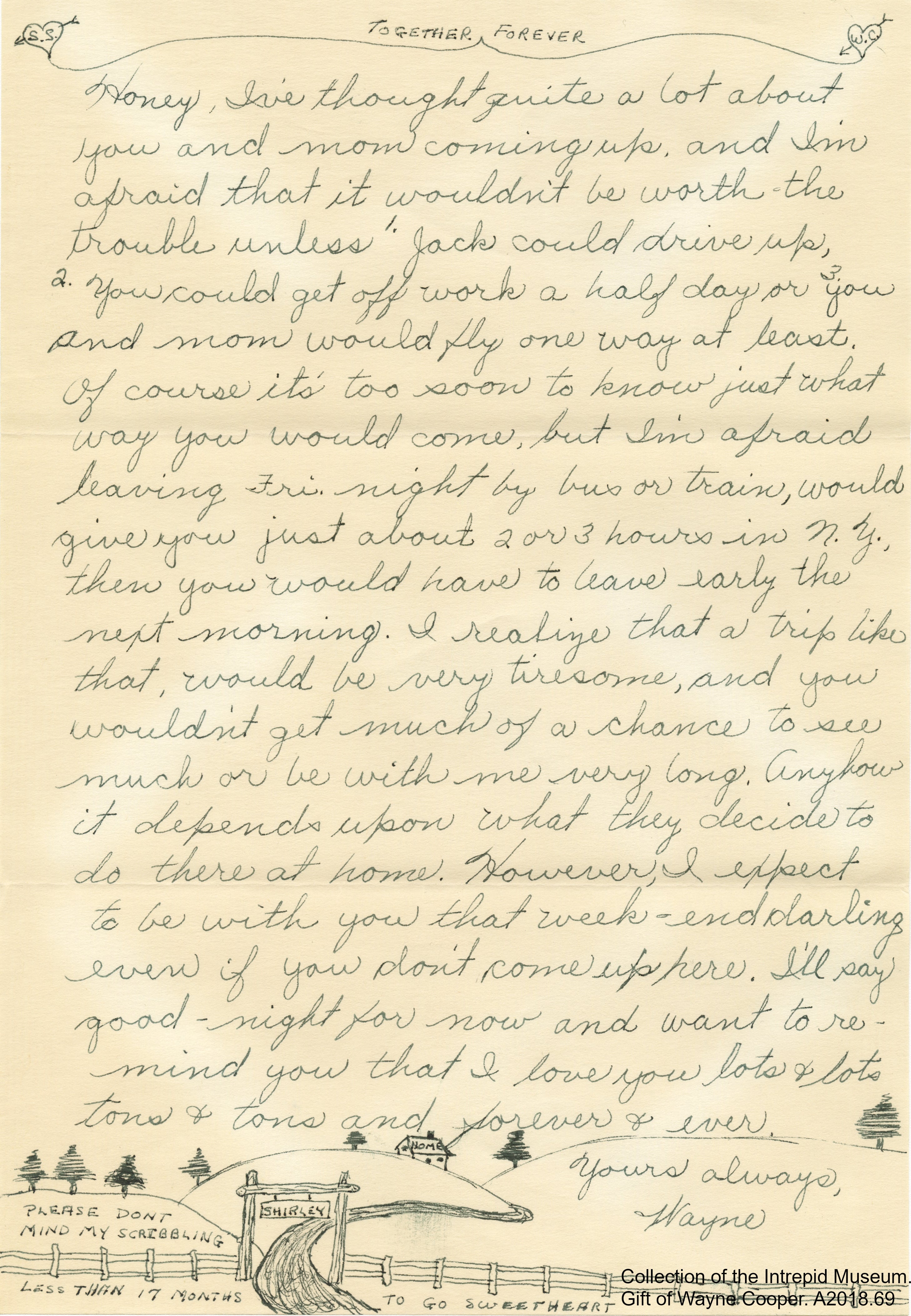
How do you decide what gets preserved in the archive?
The museum has what’s called a Collections Management Policy, which outlines what the Museum intends to collect and preserve in line with our mission statement. At the Intrepid Museum, we collect anything that has to do with one of our major vessels – the aircraft carrier Intrepid, the submarine Growler, the supersonic jet the Concorde and the space shuttle Enterprise. We know we can’t save everything, but we strive to save as much as we can to tell the stories of these vessels for years to come.
What are the biggest challenges in caring for fragile or aging materials?
Some of the biggest challenges in caring for fragile artifacts is how to safely handle them during the rehousing and digitizing. Old paper especially tends to get brittle and yellow with age. Digitizing these fragile, at-risk items allows us to then handle them minimally. Once we have a high-resolution scan of the artifact, we can safely rehouse the fragile document and put it in storage where it will be safe from light and other potential damages. The digitized copy can then be studied widely without exposing the original document to any potential harm.
Another challenge of caring for fragile materials is the environment the artifacts are stored in. Any extreme temperature and humidity fluctuations can harm paper-based artifacts and photographic materials. At the Intrepid Museum, we have a separate HVAC system for our collections storage, which allows us to set the temperature and humidity at a constant temperature and preserve the artifacts long term with less risk of degradation.
For visitors who love history, what’s the best way to explore the Intrepid Museum’s archives or learn more from home?
Visit our digital collections website! We have worked hard to bring Intrepid’s history to the public at home. We have many photos, objects, letters and even Intrepid’s Cruise Books (a yearbook of each deployment) available on our digital collections site. While our entire collection is not available, we are constantly adding to it. Currently, there are over 1,500 records available!
Why are archives essential to museums like Intrepid and to history more broadly?
Archives tell the stories of history! Every item in our collection tells a story, but it’s the archives that give the context for the artifacts. Archives aren’t just limited to historical artifacts. Even large companies and businesses have what are called institutional archives, preserving their own everyday history. We can always learn from our history, which is why it is so vital to preserve it.
What advice would you give to young people who might be curious about becoming archivists themselves?
If anyone is interested in becoming an archivist, my best advice would be to find volunteer or internship opportunities in a museum or library setting. Look for a smaller museum or institution, like a local historical society or historic house. Often, those places need the most help and will give you the most diverse experience.
I would also encourage people interested in pursuing a career in archives to sharpen their writing and reading skills and investigate master’s programs in Library and Information Science or Public History.
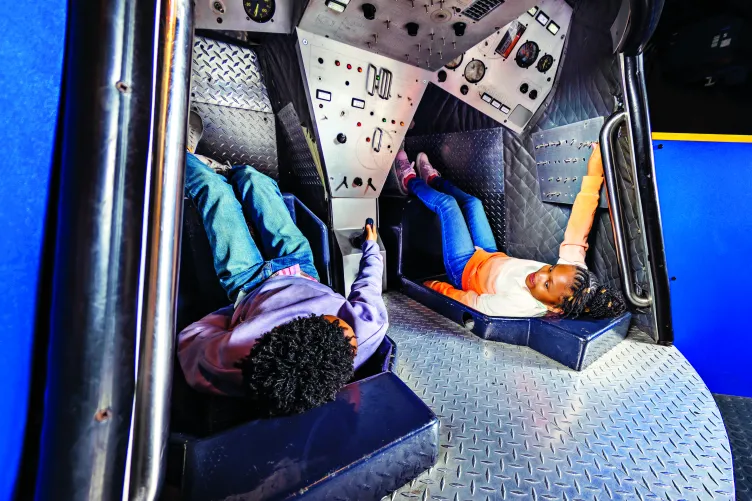
Want to visit the museum? We would love to have you! Find out all about our offerings here and plan your trip today.
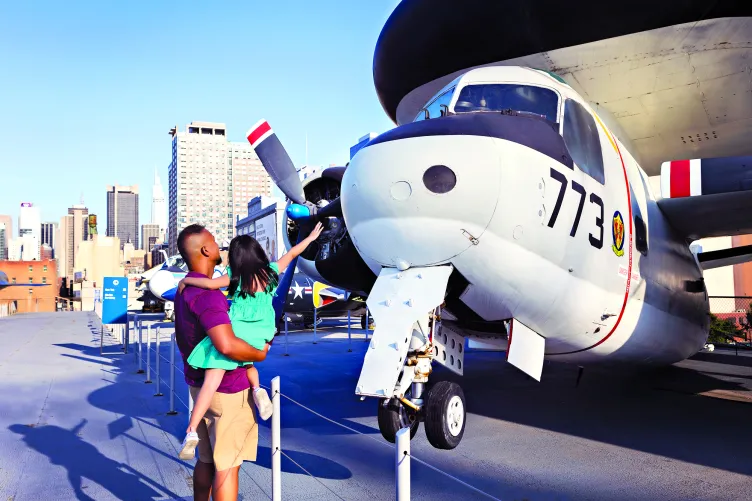
If you join our membership program you can visit the museum any time! Plus enjoy many membership perks at a discounted rate.


